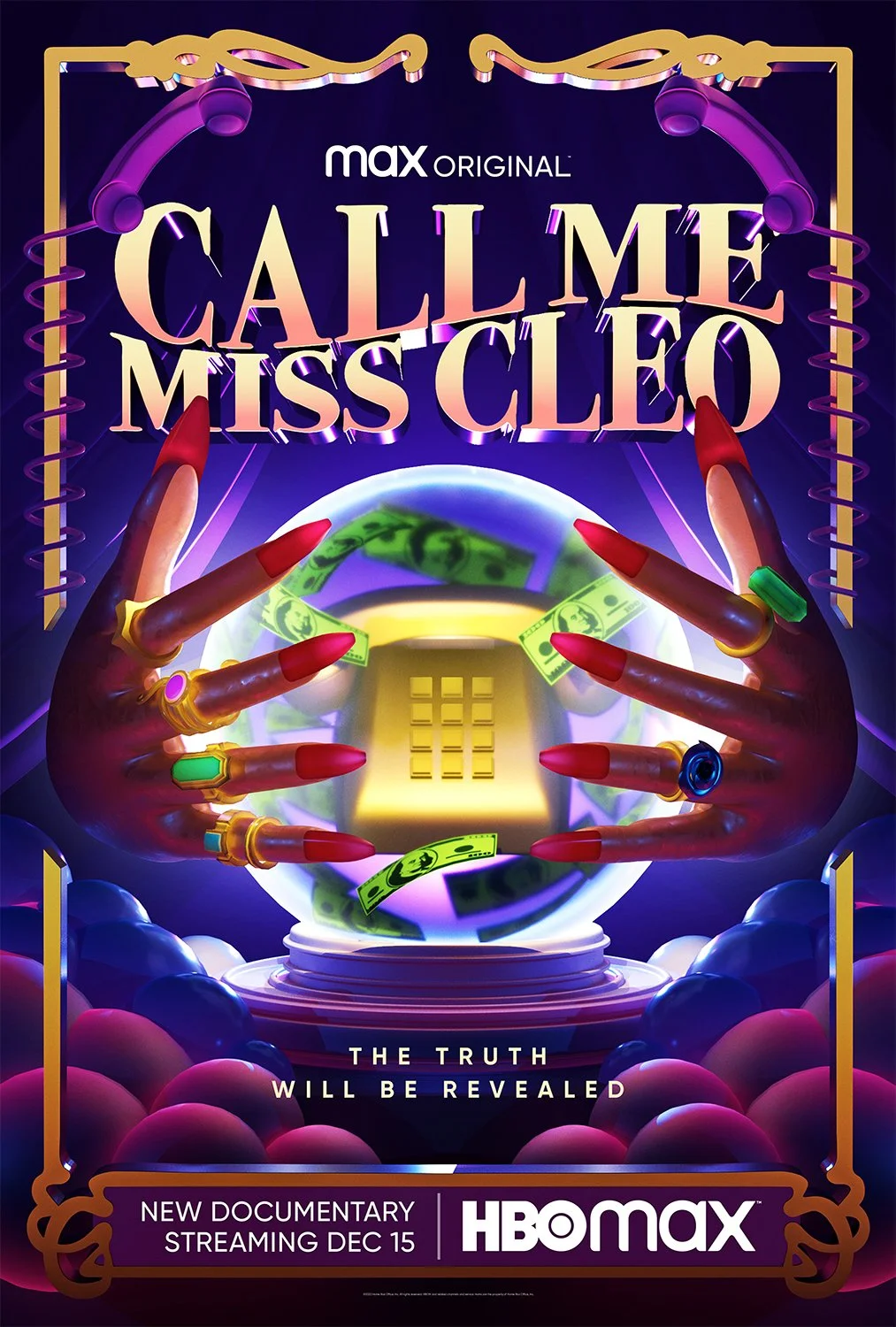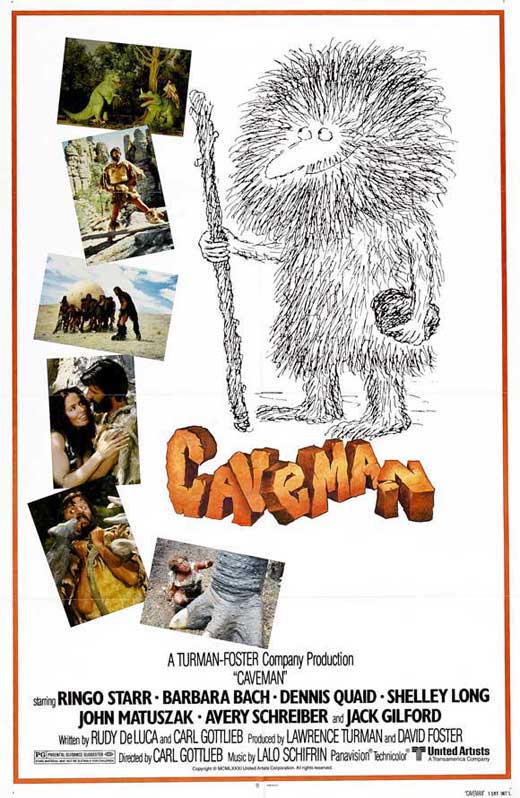dir. Harold Ramis
A country club comedy, technically. A sports movie, if you insist. But Caddyshack has no patience for structure, no use for decorum, and no obligation to respect the game of golf. The plot—such as it is—tacks a coming-of-age story onto the mayhem, following an ambitious caddy (Michael O’Keefe) as he grovels for a scholarship under the watchful, wrathful eye of Judge Smails (Ted Knight). Knight, the embodiment of old-money resentment, clutches his club and his moral outrage with equal intensity, scowling at the intrusions of the uncivilized. Rodney Dangerfield, in the form of a human air horn, provides the intrusion. His boorish tycoon crashes into the country club like a salesman who knows the product is himself, dispensing insults with the confidence of a man who has never received a consequence he couldn’t buy off. Chevy Chase saunters through, half-enlightened, half-asleep, playing golf as if he’s only vaguely aware of the concept, and somehow that’s enough to win. And then there’s Bill Murray, the walking subconscious of the movie, the wild-eyed groundskeeper whose personal Vietnam involves one very determined gopher. He speaks in monologues no one asked for, concocts assassination attempts with the precision of a mad scientist, and stares into the middle distance as if waiting for a prophecy to reveal itself. There’s an unmistakable air of danger in his scenes, like the film itself is unsure whether he’ll remain confined to his subplot. Not every joke works. Some stumble in, unsure of themselves, while others announce their presence with the subtlety of a marching band. But this is not a movie designed to be measured. It is loud, crude, and spectacularly indifferent to refinement. No effort is made to reconcile its tonal whiplash, no apology given for its refusal to behave like a well-mannered comedy. It moves, it shouts, it lurches forward without a roadmap, and in the end, golf remains its least interesting feature. Caddyshack wasn’t here to pay respect to the game. It was about who gets to ruin it.
Starring: Chevy Chase, Rodney Dangerfield, Ted Knight, Michael O’Keefe, Bill Murray, Sarah Holcomb, Scott Colomby, Cindy Morgan, Dan Resin, Henry Wilcoxon.
Rated R. Warner Bros. USA. 98 mins.























